Home>diy>Building & Construction>What Is Deck In Construction
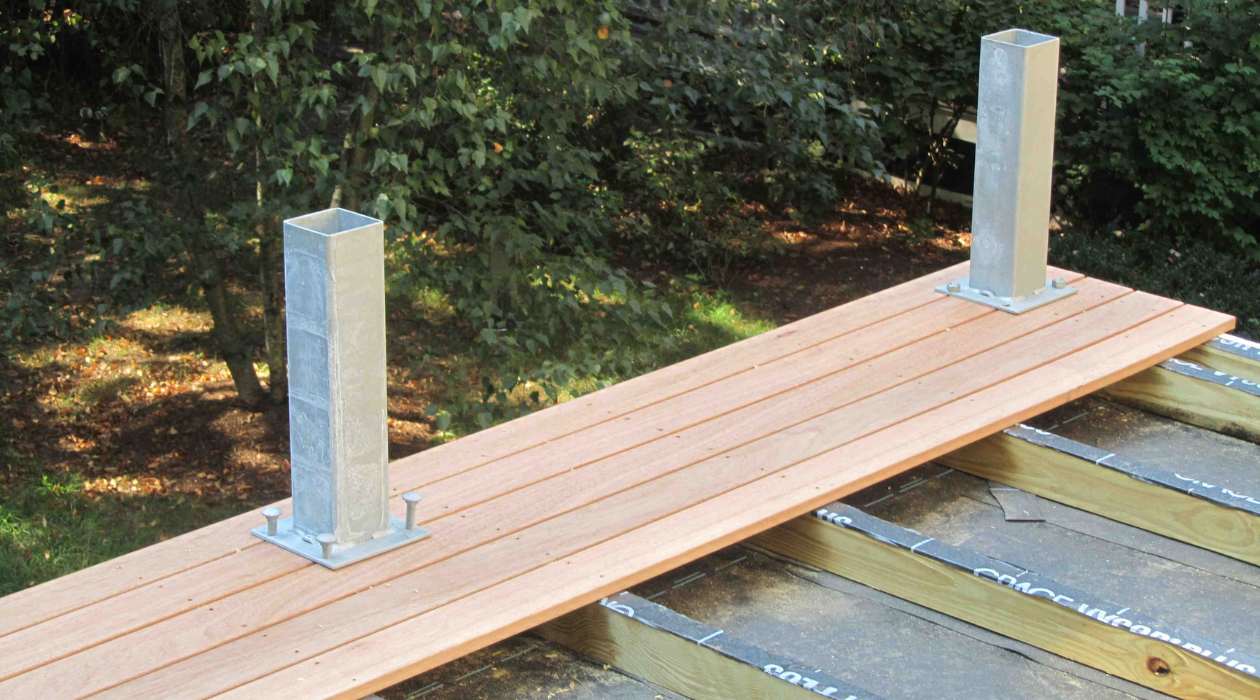

Building & Construction
What Is Deck In Construction
Modified: January 6, 2024
Learn about the role of a deck in building construction and how it enhances outdoor spaces. Discover the benefits and considerations for adding a deck to your property.
(Many of the links in this article redirect to a specific reviewed product. Your purchase of these products through affiliate links helps to generate commission for Storables.com, at no extra cost. Learn more)
Introduction
When it comes to building construction, one important aspect to consider is the construction of a deck. A deck is a structure that is typically attached to a building and extends from the main floor level. Decks are commonly constructed outdoors and are built to provide additional living space and enhance the functionality and aesthetics of a property.
Decks have been a popular feature in residential and commercial properties for many years. They offer a versatile space that can be used for various purposes, such as outdoor dining, entertaining guests, or simply enjoying the natural surroundings. A well-designed and properly constructed deck can significantly increase the value and appeal of a property.
In this article, we will delve into the world of deck construction, exploring the meaning of a deck in construction, the types of decks, the purpose they serve, the materials used for their construction, the building codes and regulations that govern them, important design considerations, the construction process, and finally, how to maintain and repair decks to ensure their longevity.
Whether you are a homeowner looking to add a deck to your property or a construction professional interested in expanding your knowledge, this comprehensive guide will provide you with the essential information you need to know about deck construction.
Key Takeaways:
- Deck construction offers versatile outdoor living spaces, adding value and aesthetic appeal to properties. Understanding types, materials, and design considerations is crucial for creating functional and visually appealing decks.
- Adhering to building codes, regular maintenance, and prompt repairs are essential for ensuring the longevity and safety of decks. Proper planning, construction, and upkeep can transform properties into inviting outdoor oases.
Read more: What Is Decking
Definition of Deck in Construction
In the realm of construction, a deck refers to a horizontal platform that is attached to the exterior of a building. It is typically constructed above ground level and can be accessed through doors or stairs. Decks are often made of wood, but they can also be constructed using other materials such as composite decking, vinyl, or even concrete.
A deck is different from a patio, as a patio is usually a hard, flat surface made of materials like concrete or stone that is built directly on the ground. Decks, on the other hand, are elevated structures that are supported by beams, posts, and footings.
The primary purpose of a deck is to provide an outdoor space for various activities, such as relaxation, entertainment, and dining. Decks can serve as an extension of the indoor living area, allowing homeowners and their guests to enjoy the outdoors while still having the comforts of being at home.
Decks can be attached to different parts of a building, including the main level, upper floors, or even rooftops for exceptional views. They can also vary in size, from small balconies to expansive multi-level structures.
One of the key characteristics of a deck in construction is its versatility. Unlike other parts of a building, such as walls or roofs, decks can be modified, expanded, or reconfigured relatively easily. This flexibility makes it possible for homeowners to adapt their decks to their changing needs or preferences over time.
When designing a deck, factors such as the location, surrounding environment, intended use, and desired aesthetic must all be considered. By carefully planning and constructing a deck, it can become a standout feature that adds value to a property and enhances the overall living experience.
Types of Decks
Decks come in various styles and configurations, each with its unique characteristics and purposes. Some of the most common types of decks include:
- Platform Decks: This is the simplest and most common type of deck, characterized by a single, level platform that is attached to the building. Platform decks are often built close to the ground and are ideal for areas with minimal changes in elevation.
- Raised Decks: As the name suggests, raised decks are elevated structures that are typically built above ground level. They are supported by posts and often have stairs or ramps for access. Raised decks are ideal for properties with uneven terrain or for those who desire a higher vantage point.
- Multi-Level Decks: Multi-level decks consist of two or more interconnected platforms at different elevations. This type of deck is often used to create distinct areas for different activities, such as dining, lounging, or entertaining. Multi-level decks can add visual interest and maximize usable space.
- Roof Decks: Roof decks are constructed on top of a building, utilizing the rooftop space. They provide an excellent outdoor living area, offering panoramic views and privacy. Roof decks often require additional structural support and waterproofing measures to ensure their integrity.
- Wraparound Decks: A wraparound deck encircles one or more sides of a building, creating a continuous platform. This type of deck is an ideal choice for properties with expansive views or for those who desire easy accessibility to different areas of their property.
- Pool Decks: Pool decks surround swimming pools, providing a safe and comfortable space for sunbathing and relaxation. They are designed to withstand exposure to water and often incorporate features such as built-in seating, shade structures, and slip-resistant surfaces.
It’s important to consider the specific needs and preferences of the property owners when selecting the type of deck. Factors such as available space, desired functionality, aesthetic appeal, and budget will influence the choice of deck style.
Regardless of the type of deck chosen, it’s crucial to ensure that the construction meets local building codes and regulations and that the deck is designed and built to withstand the intended use and environmental conditions.
Purpose of Decks in Construction
In construction, decks serve multiple purposes and offer a range of benefits to both residential and commercial properties. Here are some of the key purposes of decks:
- Additional Living Space: One of the primary purposes of decks is to provide additional outdoor living space. Decks can serve as an extension of the indoor living area, allowing homeowners to enjoy the outdoors while still having the comfort and amenities of being inside. They offer a versatile area for relaxation, entertaining guests, dining, and other recreational activities.
- Aesthetic Enhancement: Decks have a significant impact on the overall esthetic appeal of a property. A well-designed and well-maintained deck can enhance the visual appeal and curb appeal of a building. It adds character and charm, creating an inviting outdoor space that can impress visitors and potential buyers.
- Outdoor Connection: Decks provide a seamless connection between the indoor and outdoor spaces. They enable homeowners to enjoy the fresh air, natural light, and beautiful views without leaving the comfort of their home. Decks also offer a convenient space for barbecues, outdoor gatherings, and enjoying nature.
- Increased Property Value: Adding a high-quality deck to a property can significantly increase its value. Potential buyers often view decks as desirable features and are willing to pay a premium for homes that offer attractive outdoor living spaces. A well-designed deck can be a wise investment, providing both enjoyment and a return on investment.
- Improved Functionality: Decks expand the functional capabilities of a property. They can serve as a space for placing outdoor furniture, grills, and other amenities, reducing clutter inside the main living area. Decks can also be designed with built-in features like seating, storage, or even planters, further enhancing their practicality.
- Privacy and Tranquility: Depending on the design and location, decks can offer a sense of privacy and tranquility. A strategically placed deck can create a secluded spot where homeowners can relax, unwind, and escape the hustle and bustle of daily life.
Overall, decks in construction provide a valuable outdoor space that enhances the quality of life, increases property value, and fosters a connection with nature. With proper planning and construction, decks can transform a property into an inviting and functional oasis.
Materials Used for Deck Construction
When it comes to deck construction, various materials can be used, each with its unique characteristics, advantages, and considerations. The choice of material depends on factors such as budget, desired aesthetics, durability, maintenance requirements, and local building codes. Here are some of the most common materials used for deck construction:
- Wood: Wood is a traditional and popular material for deck construction. Common wood options include pressure-treated lumber, cedar, redwood, and hardwoods like ipe and tigerwood. Wood decks offer a natural, warm, and inviting appearance. They are relatively affordable and can be customized with stains or paints. However, wood decks require regular maintenance, including sealing, staining, and periodic refinishing to protect against rot, warping, and insect damage.
- Composite Decking: Composite decking is made from a blend of recycled wood fibers and plastic. This material offers the appearance of wood with minimal maintenance requirements. Composite decks are resistant to rot, decay, and insect damage. They do not require staining or sealing and are available in a wide range of colors and textures. However, composite decking can be more expensive upfront, and extreme heat may cause fading or warping over time.
- PVC Decking: PVC decking is made from 100% plastic. It is highly durable, resistant to moisture, fading, and staining. PVC decks require minimal maintenance and can be easily cleaned with soap and water. They are available in various colors and textures, providing a customizable design. However, PVC decking tends to be more expensive than other options, and it can be prone to expansion and contraction in extreme temperature changes.
- Vinyl Decking: Vinyl decking is made from PVC with added additives for enhanced durability and UV protection. It is low-maintenance, as it does not require staining, sealing, or painting. Vinyl decks are resistant to moisture, mold, and fading. They come in a variety of colors and patterns and are generally cost-effective. However, vinyl decking may be susceptible to scratching and can become hot to the touch in high temperatures.
- Concrete: Concrete is a durable and long-lasting option for deck construction. It is commonly used for rooftop decks or in areas with unstable soil conditions. Concrete decks can be stamped, stained, or painted to mimic other materials such as wood or stone. They require minimal maintenance but can be more expensive to install and may require additional insulation and waterproofing layers.
It’s important to choose a material that aligns with your preferences, budget, and the specific requirements of your project. Consulting with a professional contractor or engineer can help ensure you select the appropriate material for your deck construction.
When constructing a deck, make sure to use pressure-treated lumber for the framing to prevent rot and decay. This will ensure the longevity of your deck.
Read more: What Is Ipe Decking
Building Codes and Regulations for Decks
When constructing a deck, it is crucial to adhere to building codes and regulations set forth by local authorities. These codes are in place to ensure the safety and structural integrity of the deck, protecting both the occupants and the property. Here are some common building codes and regulations for deck construction:
- Permits: Most jurisdictions require obtaining a permit before building a deck. Permits ensure that the construction meets local building codes and zoning regulations. It is essential to check with the local building department to determine the specific permit requirements for deck construction in your area.
- Structural Requirements: Building codes typically outline specific requirements for the structural elements of a deck, including the foundation, footings, framing, and connections. These requirements ensure that the deck is properly supported and can withstand the anticipated loads and environmental conditions.
- Deck Height and Setbacks: Building codes often stipulate the maximum allowable height of a deck as well as the required setbacks from property lines and other structures. These requirements help maintain a safe and visually pleasing neighborhood by preventing overcrowding and ensuring adequate space between decks.
- Guardrails and Handrails: Building codes prescribe specific guidelines for the construction of guardrails and handrails to prevent falls and ensure user safety. These guidelines dictate the appropriate height, spacing, and strength requirements for guardrails and handrails.
- Stairs: Building codes outline the requirements for stairs leading to and from decks. This includes considerations such as tread and riser dimensions, handrail requirements, and adequate lighting for safe navigation.
- Load Capacity: Building codes specify the minimum load capacity that a deck must support. This is crucial to ensure that the deck can safely accommodate the anticipated weight of people, furniture, and any other items on the deck.
- Electrical and Plumbing Considerations: If your deck includes electrical wiring or plumbing fixtures, additional regulations may apply. It is essential to consult with a licensed professional to ensure compliance with electrical and plumbing codes.
These are just some of the common building codes and regulations for deck construction. It is essential to consult with local building authorities or engage the services of a professional contractor or engineer who is knowledgeable about the specific requirements in your area.
By following building codes and regulations, you can ensure the safety, structural integrity, and legal compliance of your deck construction project.
Deck Design Considerations
Designing a deck involves careful consideration of various factors to ensure that the final result meets your needs, enhances the aesthetics of your property, and complements your lifestyle. Here are some important deck design considerations to keep in mind:
- Function and Intended Use: Determine how you plan to use your deck. Will it be primarily for dining and entertaining guests, for relaxation and lounging, or for a combination of activities? Understanding the purpose of your deck will help determine its size, layout, and necessary features.
- Location and Orientation: Consider the location of your deck in relation to the main building and the surrounding landscape. Take into account factors such as sunlight exposure, prevailing winds, privacy, and views. Orienting the deck to optimize natural light and create a comfortable outdoor environment is essential.
- Deck Size and Shape: The size and shape of your deck will depend on available space, budget, and personal preferences. A larger deck provides more room for various activities, while a smaller deck may be suitable for a more intimate setting. The shape of the deck can be rectangular, square, or even curved to create visual interest.
- Material Selection: Choose a decking material that suits your style, budget, and maintenance preferences. Wood offers a natural and warm aesthetic, while composite or PVC decking provides low-maintenance options. Consider the durability, appearance, and long-term maintenance requirements of different materials before making a decision.
- Access and Circulation: Ensure easy access to and from your deck. Consider the placement of stairs, ramps, or paths connecting the deck to other areas of the property. Thoughtful design of circulation paths will contribute to the functionality and flow of your deck space.
- Privacy and Screen Options: If privacy is a concern, consider incorporating elements such as pergolas, lattices, or privacy screens into your design. These can provide both visual and physical barriers, enhancing your comfort and creating a more intimate outdoor space.
- Lighting and Electrical Considerations: Plan for adequate lighting to ensure visibility and safety during nighttime use. Consider options like LED deck lights, string lights, or even built-in lighting fixtures. If you plan to install electrical outlets or incorporate outdoor appliances, consult a licensed electrician to ensure proper wiring and safety compliance.
- Integration with Landscaping: A well-designed deck should seamlessly blend with the surrounding landscape. Consider incorporating landscaping elements such as planters, flower beds, or even trees into your deck design. This integration will create a harmonious and inviting outdoor space, connecting your deck to the natural environment.
Remember, deck design is a personal and creative process. It’s essential to find a balance between functionality, aesthetics, and your individual preferences. Consulting with a professional architect, designer, or contractor can help you navigate through the design considerations and create a deck that meets your specific needs and vision.
Deck Construction Process
The construction of a deck involves several key steps to ensure a sturdy, safe, and visually appealing structure. Here is an overview of the deck construction process:
- Planning and Design: Begin by determining the desired size, shape, and location of the deck. Consider factors such as function, orientation, and material choices. This stage may involve obtaining any necessary permits and working with a designer or architect to create a detailed deck plan.
- Site Preparation: Clear the construction area of any vegetation, debris, or obstructions. Mark the perimeter of the deck using stakes and string to outline its shape and dimensions. Excavate the ground if necessary to create a level surface for the deck’s foundation.
- Foundation and Footings: Install the necessary footings to support the deck’s structure. This involves digging holes, pouring concrete into the holes, and inserting the appropriate footing materials, such as concrete footings or metal brackets. The footings provide stability and prevent the deck from sinking or shifting over time.
- Deck Framing: Construct the frame of the deck using pressure-treated lumber or other suitable materials. This includes installing support beams, joists, and headers according to the deck plan. Ensure proper spacing, alignment, and fastening of the framing components to ensure structural integrity.
- Decking Installation: Lay the decking boards on top of the frame, following the deck plan’s design and recommended fastening methods. Leave adequate gaps between the boards for drainage and expansion. Use appropriate fasteners, such as screws or hidden clips, to secure the decking boards to the joists.
- Railings and Balustrades: Install the necessary railings and balustrades to provide safety and support along the perimeter of the deck and any elevated areas. Ensure that the height and spacing of the railings comply with local building codes and regulations.
- Stairs or Access Points: If the deck requires stairs or access points, construct them to provide safe and convenient entry and exit. Follow building codes and guidelines regarding stair dimensions, rise, run, and handrail requirements.
- Finishing Touches: Enhance the aesthetics and functionality of the deck with optional finishing touches. This may include applying a protective coat of sealant or stain to the decking boards, installing lighting fixtures, or adding accessories like built-in seating, planters, or pergolas.
- Inspection and Maintenance: Once the construction is complete, schedule a final inspection to ensure that the deck meets all the necessary building codes and regulations. Regularly inspect and maintain the deck by cleaning it, checking for any signs of damage or deterioration, and performing routine maintenance tasks such as sealing or staining to protect the deck from the elements.
It is important to note that deck construction can be complex and should ideally be carried out by experienced professionals or under the guidance of a skilled contractor. Working with knowledgeable experts will help ensure that the deck is built properly, adheres to local regulations, and provides a safe and enjoyable outdoor space for years to come.
Deck Maintenance and Repair
Maintaining and repairing your deck is essential to ensure its longevity, safety, and aesthetic appeal. Regular maintenance will help protect the deck from weathering, moisture damage, and wear and tear. Here are some key maintenance and repair tasks to consider:
- Cleaning: Regularly clean your deck to remove dirt, debris, and stains. Use a mild detergent, warm water, and a stiff brush or broom to scrub the surface. Avoid using harsh chemicals or pressure washers, as they can damage the wood or decking material.
- Sealing and Staining: Apply a protective sealant or stain every few years to shield the deck from moisture, sunlight, and mold growth. This will help prevent cracking, warping, and fading of the wood or decking material. Follow the manufacturer’s instructions for the appropriate application method and frequency.
- Inspecting for Damage: Routinely inspect your deck for signs of damage, such as rotting wood, loose boards, or damaged railings. Look for any protruding nails or screws that may pose a safety hazard. Promptly address any issues to prevent further damage and ensure the structural integrity of the deck.
- Repairing or Replacing Boards: If you notice any cracked, splintered, or warped boards, replace them as soon as possible. Secure any loose boards or railing components with appropriate fasteners. Ensure that the new boards match the existing ones in terms of material, size, and color.
- Treating Wood for Pests: If your deck is made of wood, take preventive measures to protect it from termite or other pest infestations. Treat the wood with appropriate insecticides or consult a professional pest control service to ensure effective treatment.
- Addressing Water Drainage: Poor water drainage can lead to moisture accumulation and damage to the deck structure. Ensure that the deck has proper slope and drainage to prevent water pooling. Clear any debris from gutters, downspouts, and deck drains to maintain optimal water flow.
- Trimming Vegetation: Keep nearby trees, shrubs, and plants properly trimmed to prevent them from brushing against the deck, which can cause scratches, damage, and moisture retention. Trim overhanging branches that could potentially fall onto the deck and cause significant harm.
- Regular Inspections: Schedule periodic inspections of your deck to identify any potential issues. Look for signs of rot, decay, or water damage in the support structures and inspect the connections, railings, and stairs for stability and safety.
It’s important to note that if you are unsure about the extent of damage or how to properly address specific maintenance or repair tasks, it is advisable to consult with a professional deck contractor or a qualified expert. They can provide guidance, conduct a thorough assessment, and offer appropriate solutions to ensure the long-term durability and safety of your deck.
Read more: What Is Roof Decking
Conclusion
Building a deck is a valuable investment that not only enhances the aesthetics of your property but also provides a functional and enjoyable outdoor living space. With proper planning, careful consideration of design elements, adherence to building codes, and regular maintenance, you can create a deck that complements your lifestyle and lasts for years to come.
Throughout this article, we’ve explored the various aspects of deck construction, from defining what a deck is in the context of construction to understanding different deck types and their purposes. We’ve also discussed the materials commonly used for deck construction and the importance of following building codes and regulations to ensure safety and compliance.
Deck design considerations such as function, location, and material selection play a vital role in creating a deck that meets your specific needs and preferences. The deck construction process involves careful planning, site preparation, framing, decking installation, and finishing touches. It’s essential to engage experienced professionals or consult with experts to ensure the proper execution of each step.
Maintaining your deck through regular cleaning, sealing, and inspections is key to its longevity and continued safety. Repairing any damage promptly and addressing potential issues will help prevent further deterioration and ensure the structural integrity of the deck.
In conclusion, a well-designed and properly constructed deck can significantly enhance your property’s value, create an inviting outdoor space, and provide countless opportunities for relaxation and entertainment. By following the guidelines outlined in this article and seeking professional assistance when needed, you can achieve a beautiful and functional deck that enhances your lifestyle and enriches your outdoor living experience.
Frequently Asked Questions about What Is Deck In Construction
Was this page helpful?
At Storables.com, we guarantee accurate and reliable information. Our content, validated by Expert Board Contributors, is crafted following stringent Editorial Policies. We're committed to providing you with well-researched, expert-backed insights for all your informational needs.
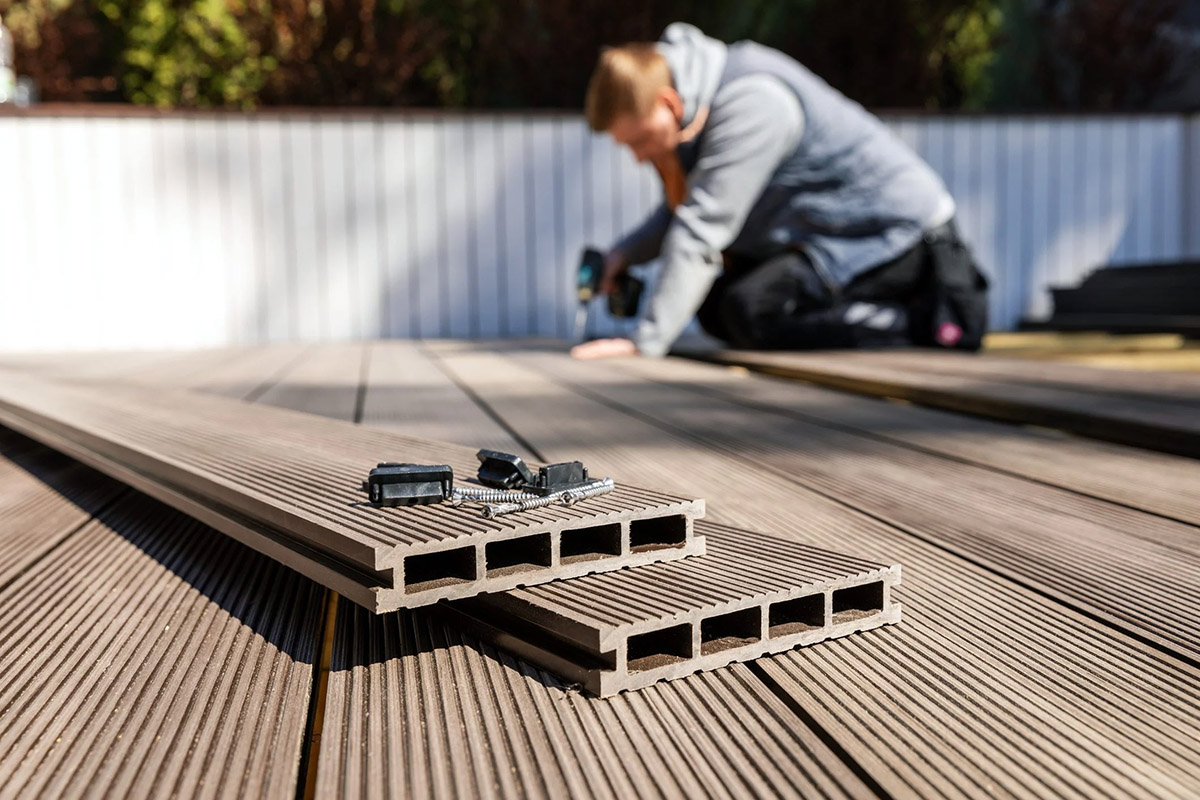
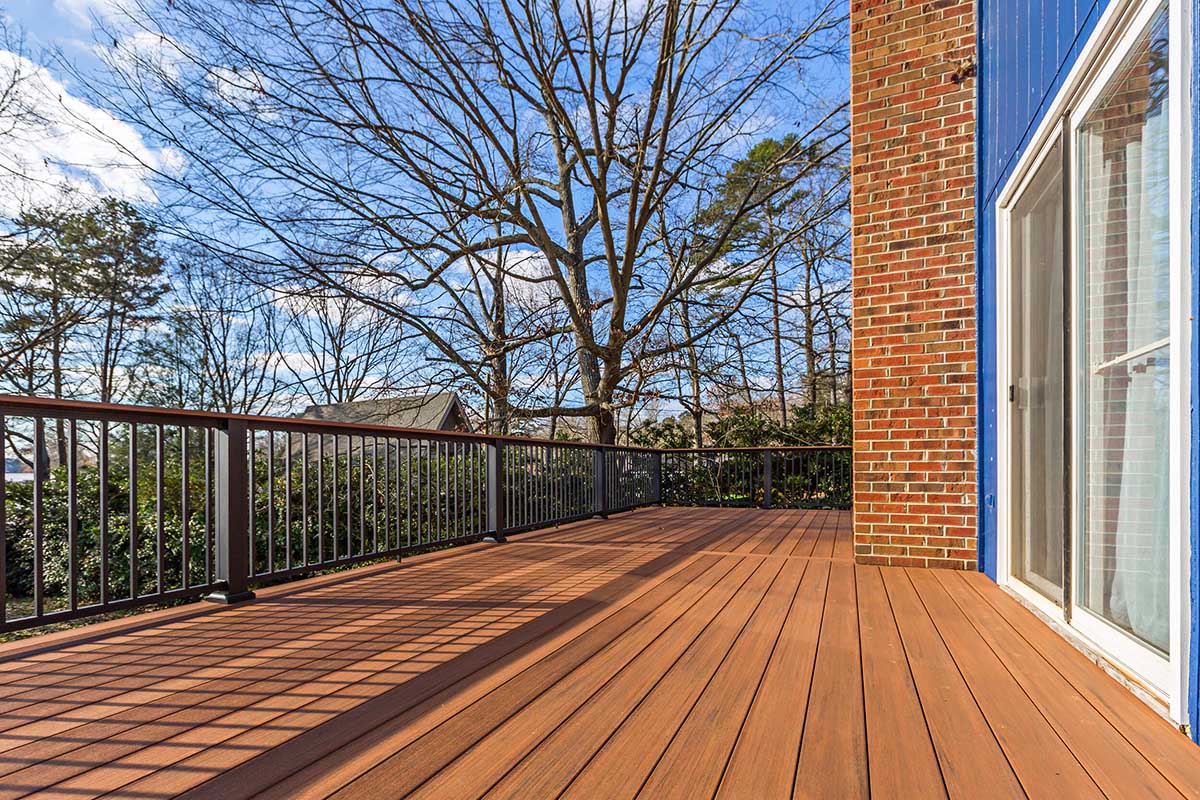
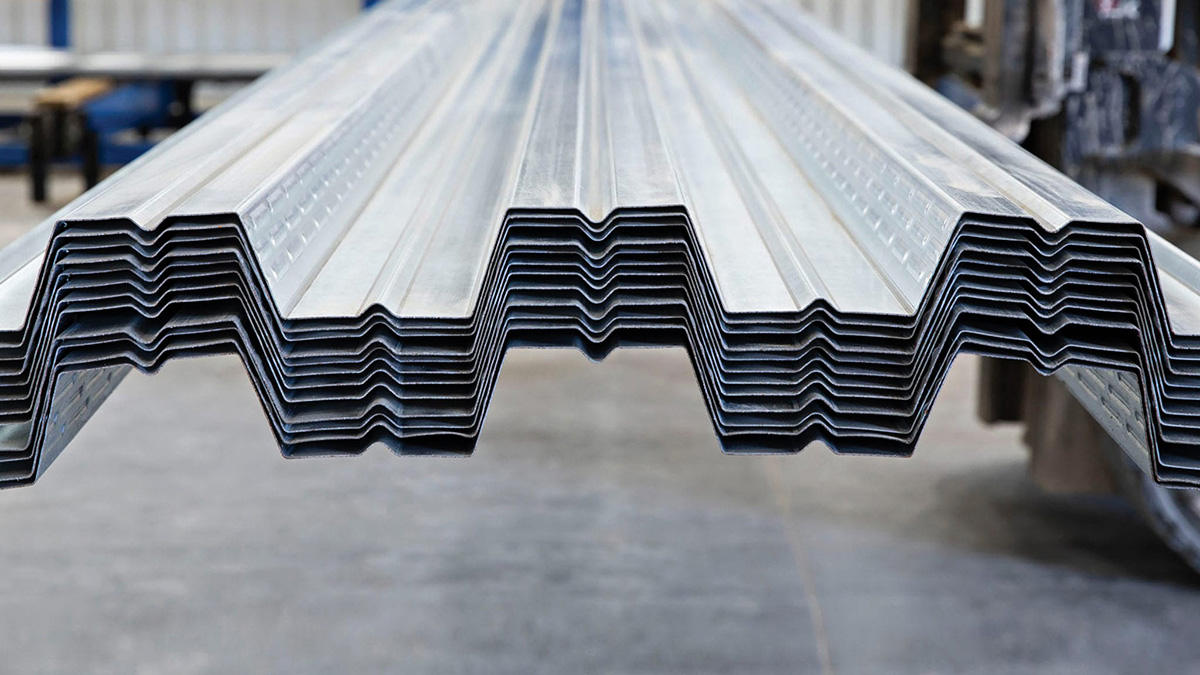
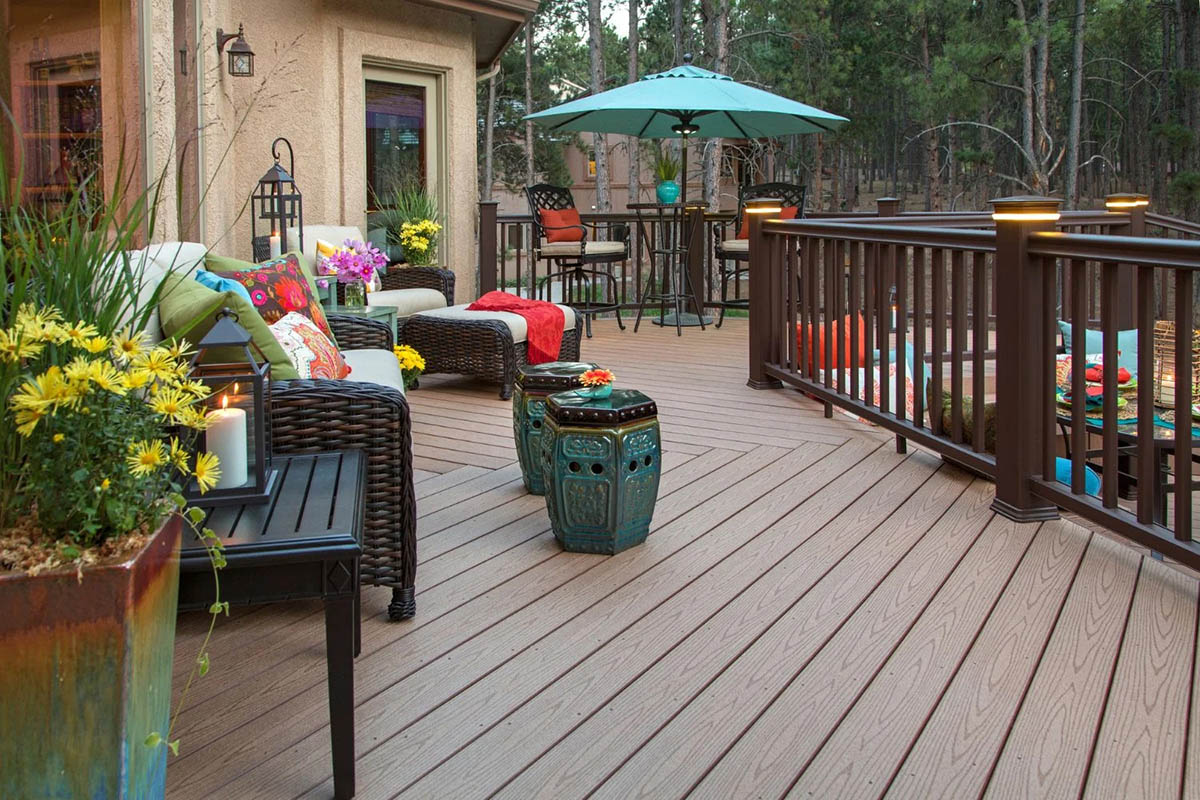


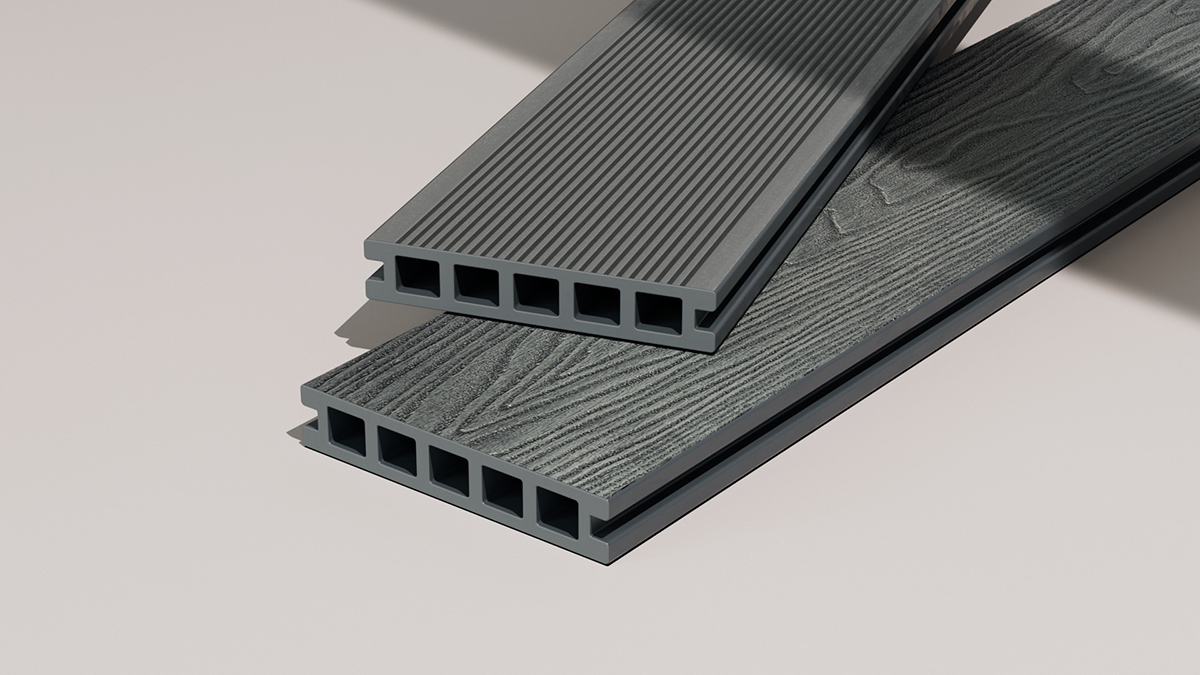
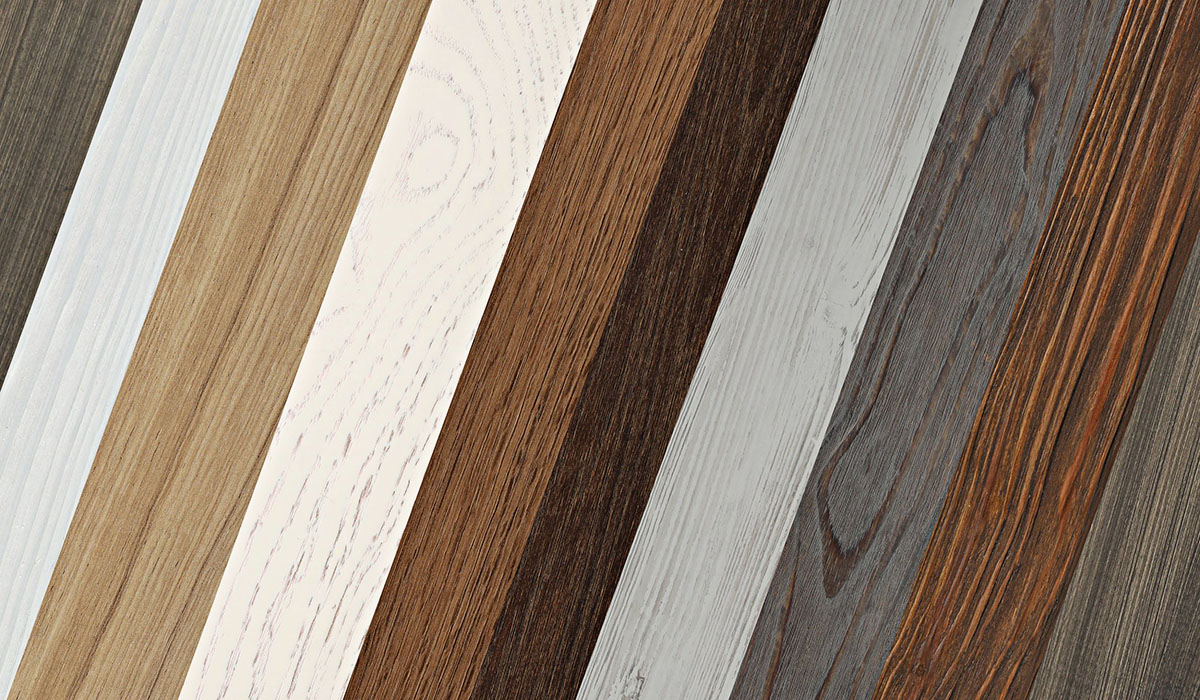
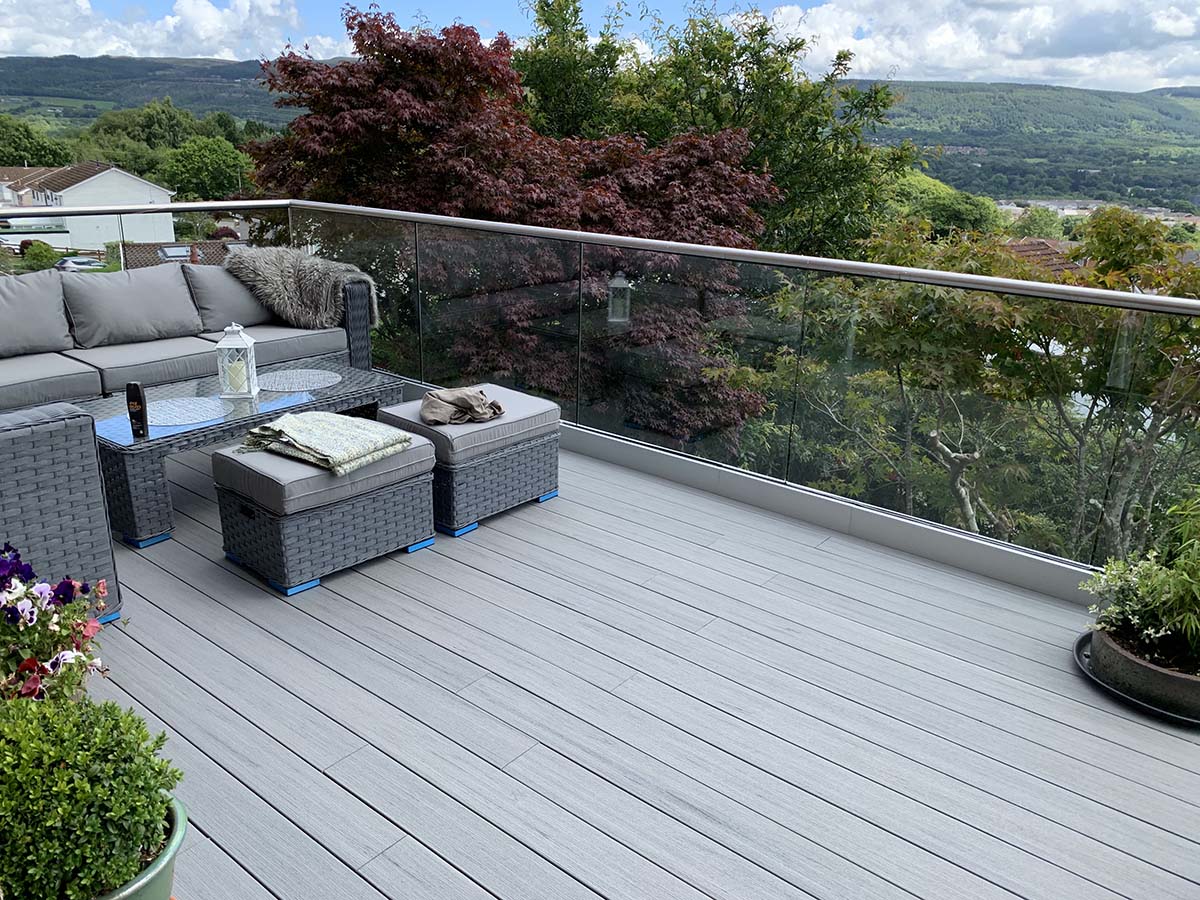
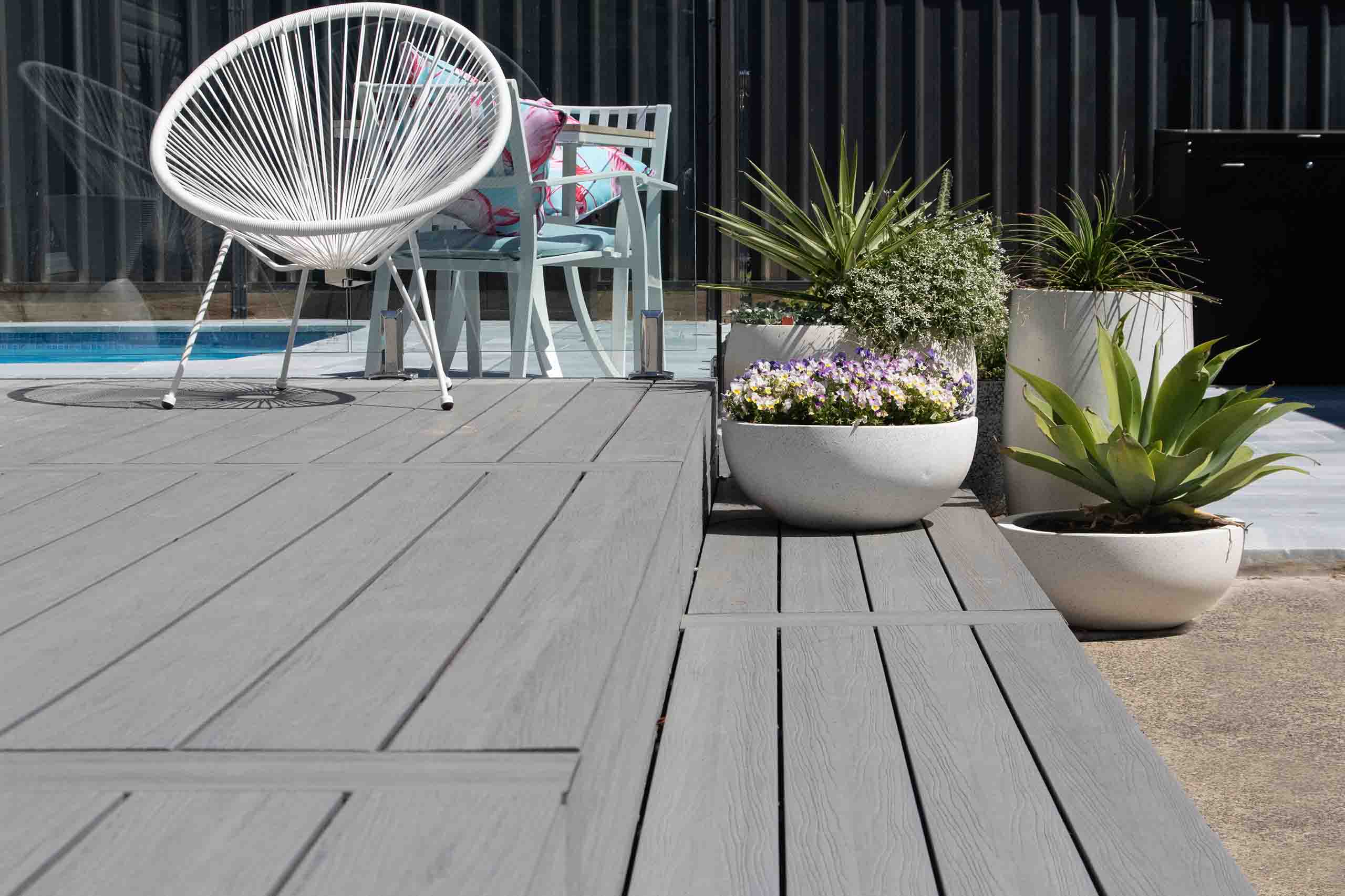
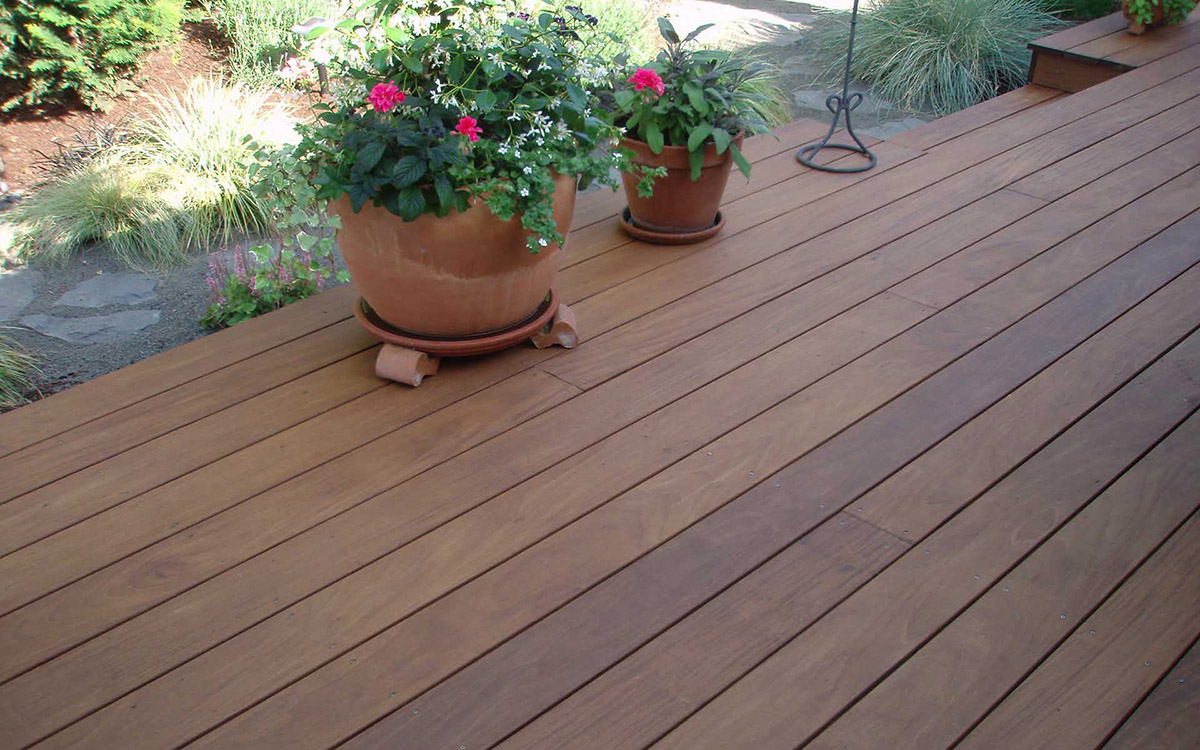
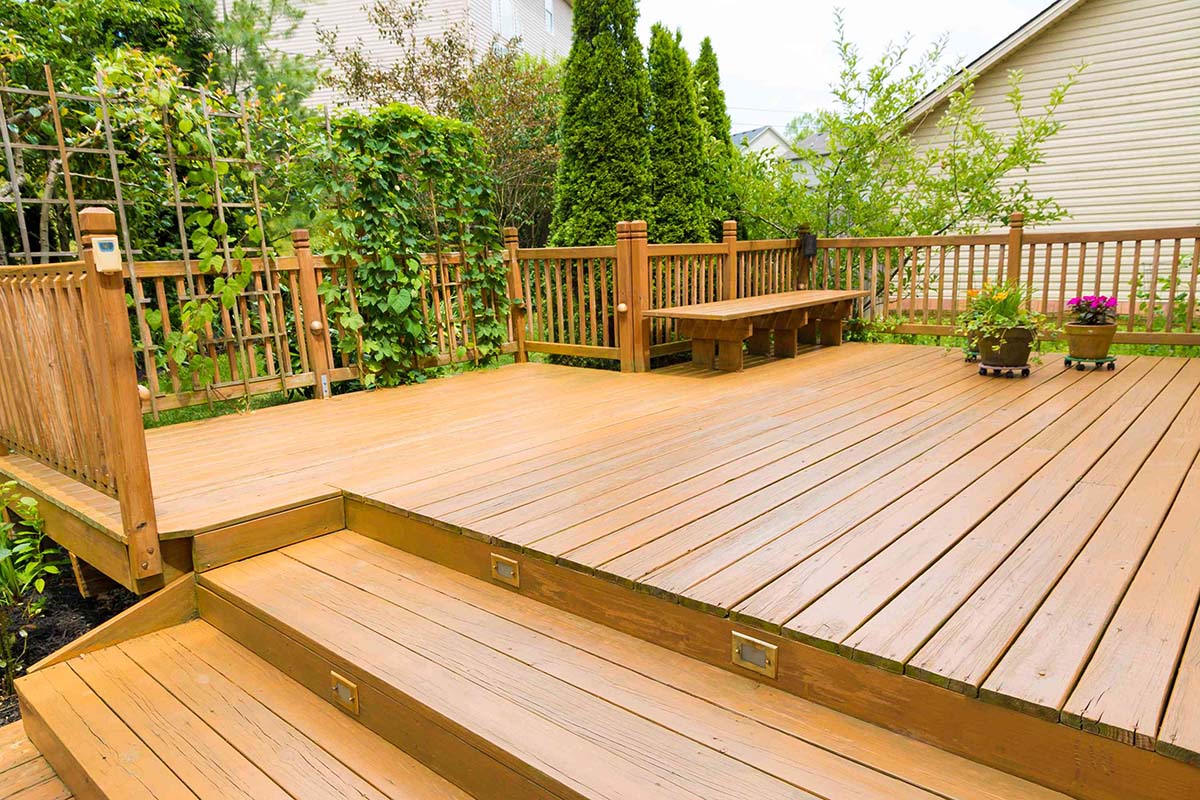
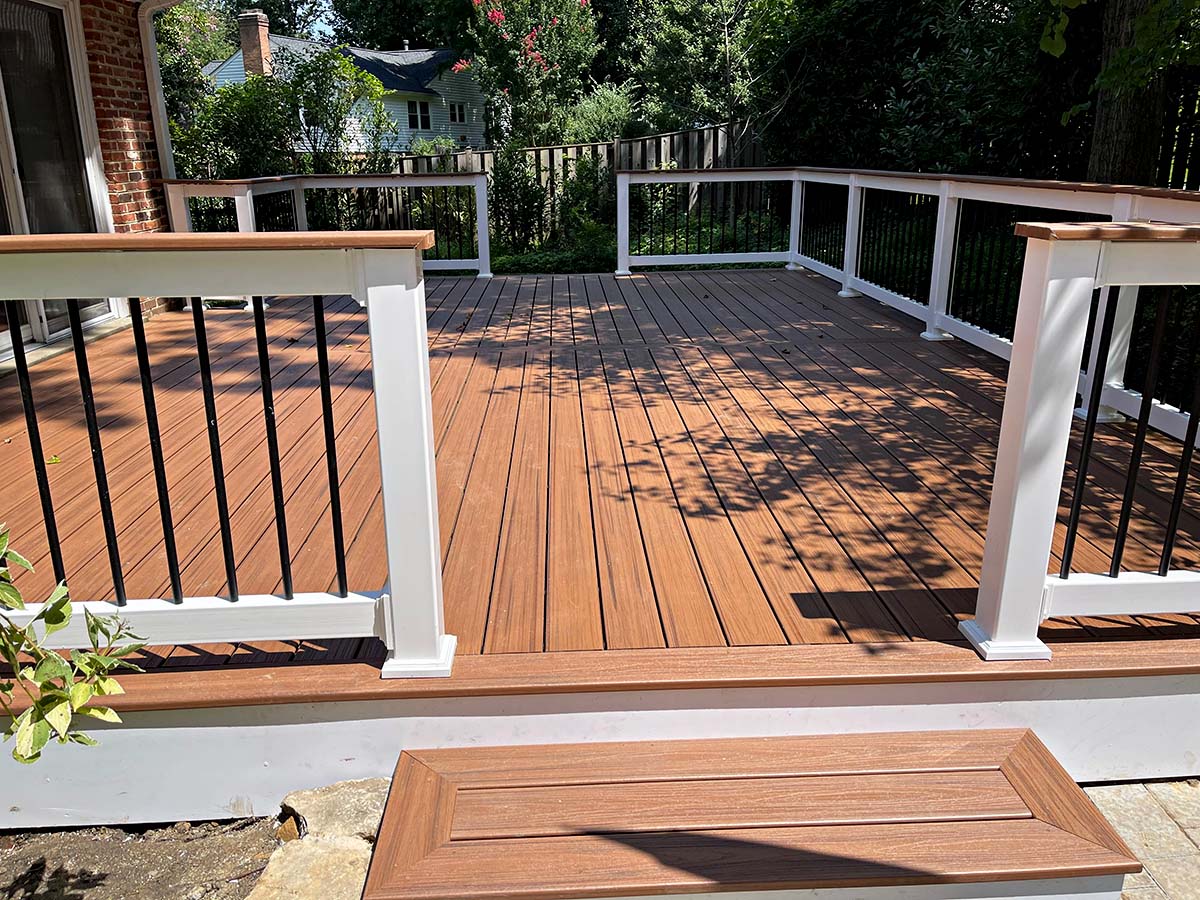

0 thoughts on “What Is Deck In Construction”